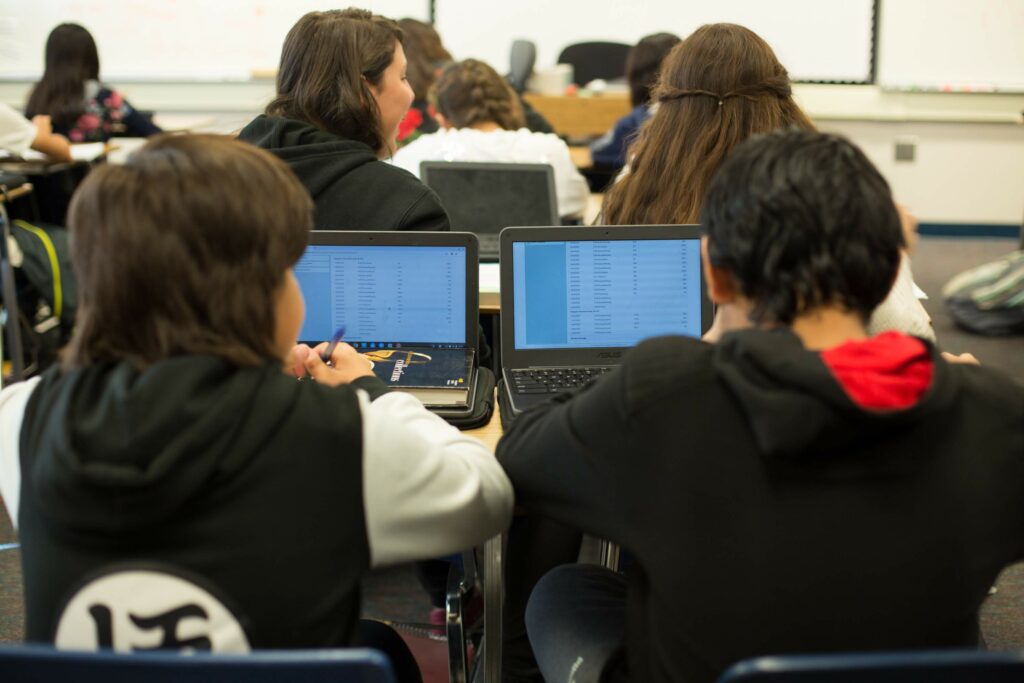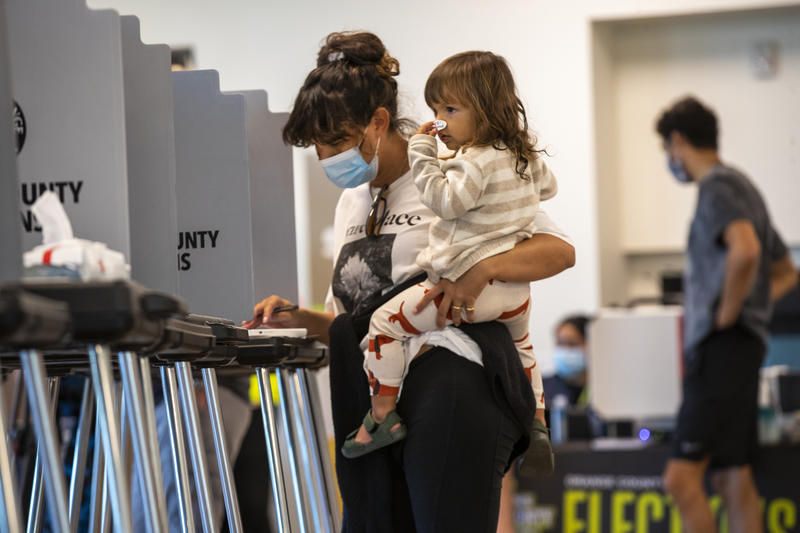Heather Cox Richardson is a historian so naturally she recoils at the daily misuse and distortion of history by Trump and his appointees. They don’t know much about history, and they want to distort it for partisan purposes.
She has a plan to set the record straight, based on evidence and facts. Read on.
She writes:
In April, John Phelan, the U.S. Secretary of the Navy under President Donald J. Trump, posted that he visited the U.S.S. Arizona Memorial “to pay my respects to the service members and civilians we lost at Pearl Harbor on the fateful day of June 7, 1941.”
The Secretary of the Navy is the civilian head of the U.S. Navy, overseeing the readiness and well-being of almost one million Navy personnel. Phelan never served in the military; he was nominated for his post because he was a large donor to Trump’s 2024 presidential campaign. He told the Senate his experience overseeing and running large companies made him an ideal candidate for leading the Navy.
The U.S. naval base at Pearl Harbor, Hawaii, is famous in U.S. history as the site of a surprise attack by 353 Japanese aircraft that destroyed or damaged more than 300 aircraft, three destroyers, and all eight of the U.S. battleships in the harbor. Four of those battleships sank, including the U.S.S. Arizona, which remains at the bottom of the harbor as a memorial to the more than 2,400 people who died in the attack, including the 1,177 who died on the Arizona itself.
The day after the attack on Pearl Harbor, the United States entered World War II.
Pearl Harbor Day is a landmark in U.S. history. It is observed annually and known by the name President Franklin Delano Roosevelt called it: “a date which will live in infamy.”
But that date was not June 7, eighty-four years ago today.
It was December 7, 1941.
The Trump administration claims to be deeply concerned about American history. In March, Trump issued an executive order calling for “restoring truth and sanity to American history.” It complained, as Trump did in his first term, that there has been “a concerted and widespread effort to rewrite our Nation’s history, replacing objective facts with a distorted narrative driven by ideology rather than truth. This revisionist movement seeks to undermine the remarkable achievements of the United States by casting its founding principles and historical milestones in a negative light.”
The document ordered the secretary of the interior to reinstate any “monuments, memorials, statues, markers, or similar properties” that had been “removed or changed to perpetuate a false reconstruction of American history, inappropriately minimize the value of certain historical events or figures, or include any other improper partisan ideology.” It spelled out that the administration wanted only “solemn and uplifting public monuments that remind Americans of our extraordinary heritage, consistent progress toward becoming a more perfect Union, and unmatched record of advancing liberty, prosperity, and human flourishing.”
To that end, Trump has called for building 250 statues in a $34 million “National Garden of American Heroes” sculpture garden in order to create an “abiding love of country and lasting patriotism” in time for the nation’s 250th birthday on July 4, 2026. On May 31, Michael Schaffer of Politico reported that artists and curators say the plan is “completely unworkable.” U.S. sculptors tend to work in abstraction or modernism, which the call for proposals forbids in favor of realism; moreover, there aren’t enough U.S. foundries to do the work that quickly.
Trump is using false history to make his followers believe they are fighting a war for the soul of America. “[W]e will never cave to the left wing and the left-wing intolerance,” he told a crowd in 2020. “They hate our history, they hate our values, and they hate everything we prize as Americans,” he said. Like authoritarians before him, Trump promised to return the country to divinely inspired rules that would create disaster if ignored but if followed would “make America great again.” At a 2020 rally, Trump said: “The left-wing mob is trying to demolish our heritage, so they can replace it with a new oppressive regime that they alone control. This is a battle to save the Heritage, History, and Greatness of our Country.”
Trump’s enthusiasm for using history to cement his power has little to do with actual history. History is the study of how and why societies change. To understand that change, historians use evidence—letters, newspapers, photographs, songs, art, objects, records, and so on—to figure out what levers moved society. In that study, accuracy is crucial. You cannot understand what creates change in a society unless you look carefully at all the evidence. An inaccurate picture will produce a poor understanding of what creates change, and people who absorb that understanding will make poor decisions about their future.
Those who cannot remember the past accurately are condemned to repeat its worst moments.
The hard lessons of history seem to be repeating themselves in the U.S. these days, and with the nation’s 250th anniversary approaching, some friends and I got to talking about how we could make our real history more accessible.
After a lot of brainstorming and a lot of help—and an incredibly well timed message from a former student who has become a videographer—we have come up with Journey to American Democracy: a series of short videos about American history that we will release on my YouTube channel, Facebook, and Instagram. They will be either short explainers about something in the news or what we are releasing tonight: a set of videos that can be viewed individually or can be watched together to simulate a survey course about an important event or issue in American history.
Journey to American Democracy explores how democracy has always required blood and sweat and inspiration to overcome the efforts of those who would deny equality to their neighbors. It examines how, for more than two centuries, ordinary people have worked to make the principles the founders articulated in the Declaration of Independence the law of the land.
Those principles establish that we have a right to be treated equally before the law, to have a say in our government, and to have equal access to resources.
In late April, in an interview with Terry Moran of ABC News, Trump showed Moran that he had had a copy of the Declaration of Independence hung in the Oval Office. The interview had been thorny, and Moran used Trump’s calling attention to the Declaration to ask a softball question. He asked Trump what the document that he had gone out of his way to hang in the Oval Office meant to him.
Trump answered: “Well, it means exactly what it says, it’s a declaration. A declaration of unity and love and respect, and it means a lot. And it’s something very special to our country.”
The Declaration of Independence is indeed very special to our country. But it is not a declaration of love and unity. It is the radical declaration of Americans that human beings have the right to throw off a king in order to govern themselves. That story is here, in the first video series of Journey to American Democracy called “Ten Steps to Revolution.”
I hope you enjoy it.
—
:








